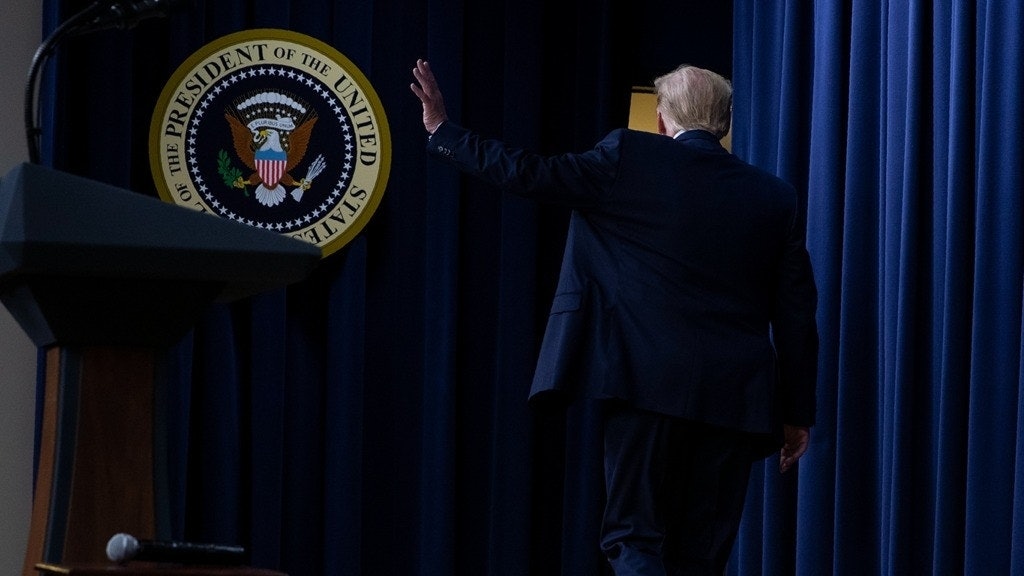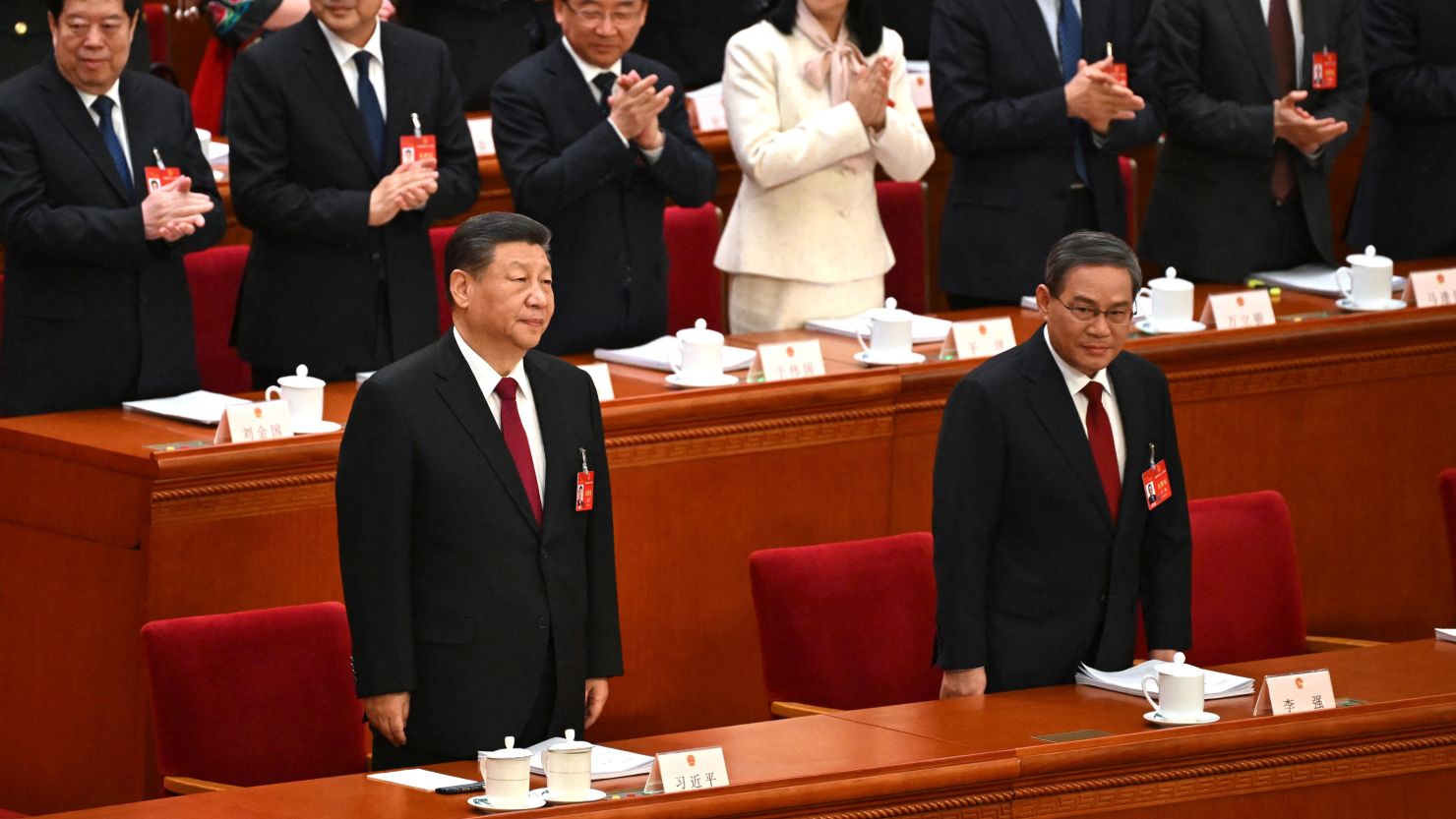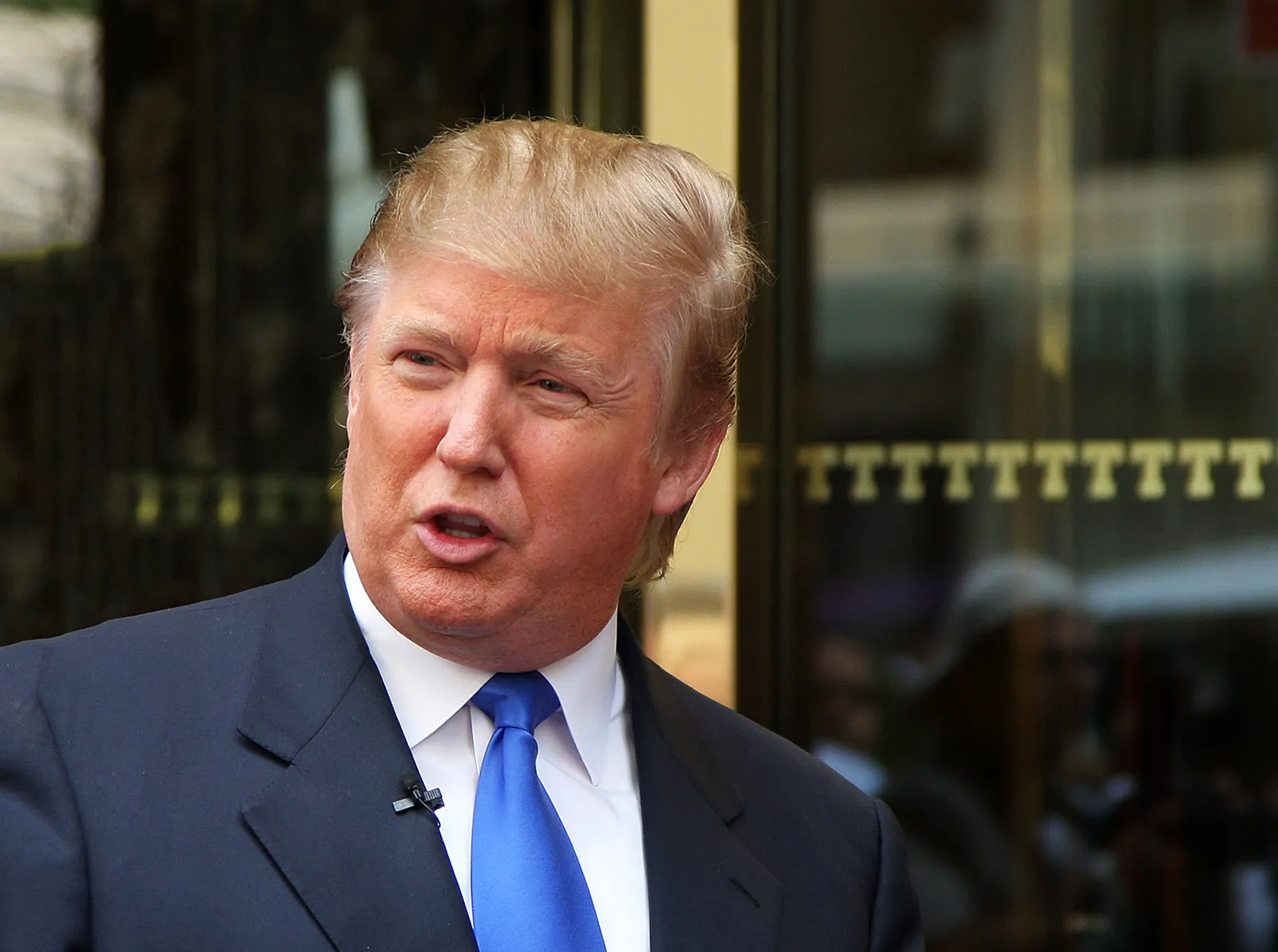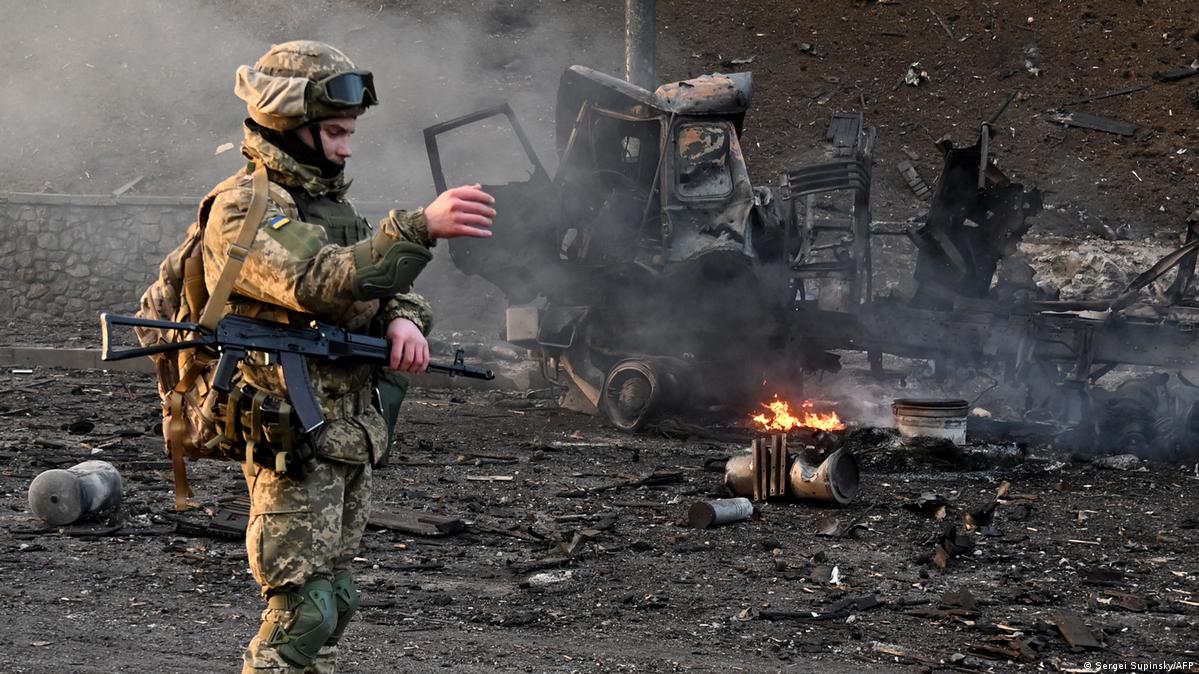China and the United States announced on December 13 that they have reached the first phase of a trade agreement. A statement issued by the Office of the United States Trade Representative stated that the United States and China reached a historic and enforceable agreement on the first phase of the trade agreement. US President Donald Trump said on social media, “We have reached a very large first-phase agreement with China.” The White House statement said it was a “historic” agreement that would affect the US economy. Said it was “a huge victory.” US Treasury Secretary Steven Mnuchin emphasized in Doha, Qatar, on December 14 that China and the US reached agreement on the text of the first phase of the economic and trade agreement is “historical” and is good for global development.
“Historic”, this is the official tone of the United States.
Suspicious China-US Phase I Agreement
The Chinese statement did not set an excessively high tone, but simply said that “the conclusion of the economic and trade agreement is in the fundamental interests of the Chinese and American peoples and the people of the world, and will have positive effects in economic and trade, investment, and financial markets.
The Chinese side also stated in the statement, “The two parties agreed that in the next step, both parties will complete the necessary procedures such as legal review and translation proofreading as soon as possible, and negotiate the specific arrangements for the formal signing of the agreement. After the agreement is signed, we hope that the two parties will abide by the agreement. Efforts to implement the relevant contents of the first phase of the agreement, do more things that are conducive to the development of bilateral economic and trade relations and global economic and financial stability, and maintain world peace and prosperity. There is not enough confidence in whether the first-phase agreement can be fulfilled.
Earlier in October, Chinese Deputy Prime Minister Liu He visited the United States. At that time, the United States had said that China and the United States would reach the first phase of the agreement and it would take four to five weeks to complete the text review and proofreading work. As we all know, the difference is almost thousands of miles away. The difficulty of translation proofreading is no less than reaching a consensus on negotiations. In addition to tariffs and other core concerns in the past one or two months of China-US sawing, specific wording is also the main task. Now China and the United States have announced that they have reached the first phase of the agreement at the same time, but the necessary procedures such as legal review and translation proofreading have not yet been completed, which will lay a hidden danger for whether the agreement can be finally signed.
“This is a very, very important step forward,” U.S. trade negotiator Robert Lighthizer said at a press conference at the White House Eisenhower Administration Building on the 13th. “Some people may say that you haven’t solved some of the toughest problems, which is of course true. But you look at it another way, reaching the first stage agreement is exactly the most difficult step. This is the hardest part “Lighthizer admits that progress is important, while admitting that some difficult issues have not yet been resolved.
It can be said that the first-phase agreement between China and the United States is still far from being officially signed.
The question is here, why are China and the United States anxious to announce an agreement on which details have not yet been finalized?
From the words of Lighthizer, we can see the suddenness of the consensus reached between China and the United States. After meeting with US trade officials on December 12, Trump said that he was “very close” to reaching an agreement with China. According to Lighthizer, the agreement was finalized in the morning of the 13th, when he received a call from the president, who instructed him to continue. This can’t help but make people wonder, what agreement has China and the United States suddenly reached so that the two sides can announce that an agreement has been reached?
At a press conference where the US side announced the conclusion of the first-stage agreement, US Trade Representative Lighthizer, the main official involved in the trade talks, made an appearance, and in the following days, he was interviewed by the US media to discuss the first-stage agreement. At the press conference held by the Chinese side on the evening of the 13th, Liu He, the leader of the Chinese negotiations, did not show up. Officials from various departments attended the press conference. In May 2018, China and the United States announced that they reached a trade consensus. Liu He was then interviewed by China Central Television to discuss the China-US consensus. After the breakdown of China-US negotiations in May 2019, Liu He appeared in an interview with the media to discuss China’s position during his visit to the United States. It can be said that he is the main voice of many important moments in the China-US negotiations. Why did Liu He not attend the press conference on such important progress as the first phase agreement reached between China and the United States, what does this show?
China-US consensus is more important than agreement
In the eyes of observers, the reason why China and the United States are anxious to announce the conclusion of the first phase of the agreement is that the tariffs originally scheduled to be levied on December 15 are now in sight. Trump has said many times that the tariffs will be imposed if the agreement is not reached. Taxes, China and the United States need an agreement to pave the way for postponing or eliminating tariffs. If tariffs are levied, the China-US trade war is destined to escalate again, and it is unlikely that China and the United States will reach an agreement by 2020, which is not in line with Trump’s election interests. Although the agreement is not perfect, there must be an agreement.
Not long ago, China and the United States were still arguing over the tariff issue, and the United States has been reluctant to confirm the phased cancellation of tariff consensus announced by Beijing in advance. The Chinese statement now clearly states that the United States has promised to phase out tariffs. This is a major step forward and the key reason why China and the United States can reach an agreement quickly.
The Chinese statement and press conference neither announced which tariffs the United States would cancel or reduce, nor did it release specific procurement data. The US side announced a series of details. In addition to the tariff progress announced by Trump on social media, in addition to the tariffs that will not be imposed on China on December 15, 15% of the tariffs on more than 120 billion US dollars of goods will be halved to 7.5%. Lighthizer revealed to reporters that China will import an additional US $ 32 billion worth of agricultural products from the United States in the next two years, of which the latter will enable the US and China to trade in agricultural products between US $ 40 billion and US $ 50 billion. Lighthizer said that in the next two years, China will buy US $ 200 billion worth of goods from the United States and agricultural products will be one of them, while other goods will come from the manufacturing, energy and services sectors.
The US statement constantly mentions consensus on structural reforms and so on. In the speeches of US officials, the core seems to be procurement for tariffs.
The United States is about to enter the 2020 election season, and the United States’ access to procurement benefits is essential for stable consumption and stable elections in agricultural states. China’s commitment to reduce taxes can also solve certain export problems. The consensus between China and the United States on the issue of tariffs and procurement is sufficient to maintain the calmness of bilateral relations for quite some time.
The Chinese side started purchasing and the tariffs were suspended on December 15. This has met the initial needs of China and the United States. The purchase amount is China’s commitment for the next two years. If China and the US talks collapse, China can interrupt the purchase at any time, and the US may impose tariffs at any time. China and the United States have mutual needs and checks and balances. China and the United States announced an agreement is actually an agreement. The agreement text is a confirmation of this consensus, and both China and the United States can accept the delay in the agreement text.
In fact, no one in China or the United States can convince anyone, and no one in China or the United States is willing to leave a handle on the other. The specific purchase amount is sensitive to China, and neither the Chinese statement nor the press conference released specific figures. Specific black and white tax reduction commitments are likely to be criticized domestically by Trump. Neither the US statement nor the press conference mentioned the phased tax reduction commitments. Trump announced on social media that the specific tariffs were postponed or Reduce instead of overall commitment. The tacit agreement between China and the United States, which can balance each other, is easier to be accepted by both sides than a paper agreement.
Today, China-US contradictions are omnipresent, and it is unclear whether China-US relations can remain stable as before. Whether Trump will consider elections to overthrow consensus or tear up agreements is difficult to predict. Liu He did not show up at the press conference, and China did not place a historic position on the agreement, which shows that China is cautious. Once the agreement is signed, any changes will be a major earthquake for the relationship between the two parties. For the current China-US relations, China and the United States have reached a consensus on mutual checks and balances, which is already a good progress. Neither zoom in nor be overly optimistic.











